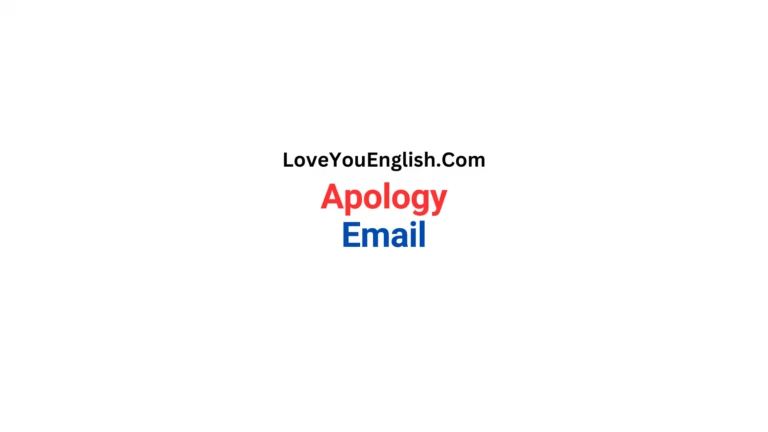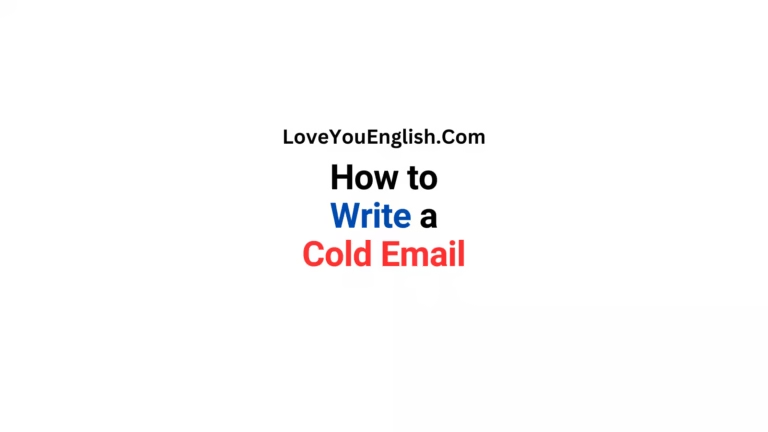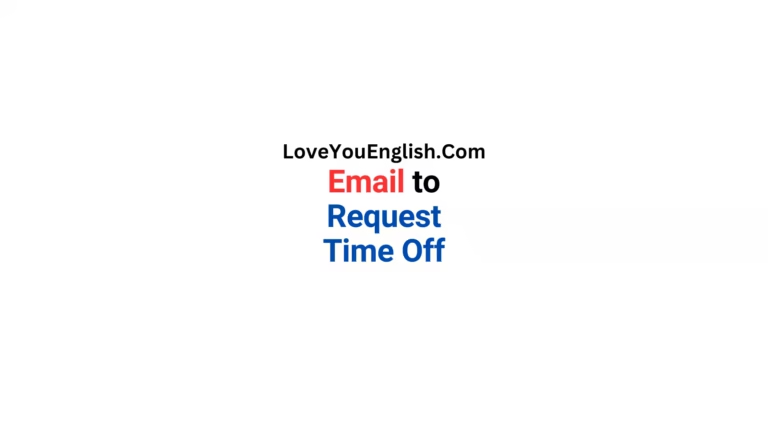How to Write Emails That Build Trust and Credibility
Imagine receiving an email from someone you don’t know. Would you trust it instantly? Probably not.
Emails are a powerful communication tool, but they only work when the reader trusts the sender. If you want people to read and respond to your emails, you must build credibility from the very first line.
In this post, we’ll explore simple yet effective ways to write emails that create trust and make your messages more professional and reliable.
1. Start with a Strong Subject Line
Your subject line is the first thing the recipient sees. A misleading or vague subject line will make people ignore your email. Instead, be clear and direct.
A clear subject line builds trust because it shows you respect the recipient’s time.
2. Use a Professional Email Address
Would you trust an email from cooldude123@email.com? Probably not. Use a professional email address that includes your name and company, like john.doe@company.com. A professional email address reassures the recipient that your message is legitimate.
3. Personalize Your Greeting
A generic “Dear Sir/Madam” sounds robotic. Personalizing your greeting makes the recipient feel valued. Use their name if possible:
- Better Option: “Hi Sarah,” or “Dear Mr. Johnson,”
A personalized greeting creates an instant connection and builds trust.
4. Be Clear and Concise
People are busy. If your email is long and confusing, they may ignore it. Get straight to the point.
- Bad Example: “I hope you’re doing well. I wanted to check in and see if you had time to talk about our new software. We’ve made some changes and believe it could be beneficial for you. Let me know if you are available.”
- Good Example: “Hi Sarah, I’d love to schedule a quick call to discuss how our new software can help your team. Are you available on Thursday at 3 PM?”
A clear email saves time and earns credibility.
5. Use a Friendly and Professional Tone
The way you write matters. If your email sounds too formal, it may seem cold. If it’s too casual, it may seem unprofessional. Aim for a balance.
- Too Formal: “Esteemed Mr. Smith, I hereby request your presence at a business discussion.”
- Too Casual: “Hey John, wanna chat about something cool?”
- Balanced: “Hi John, I’d love to set up a time to discuss an opportunity. Let me know when you’re free.”
A friendly, professional tone helps build a positive relationship.
6. Provide Value
Why should the recipient read your email? Always offer something valuable. It could be useful information, a solution to a problem, or a special offer.
- Bad Example: “I want to talk about my company’s services.”
- Good Example: “We recently helped a business like yours save 20% on costs. I’d love to share how we did it.”
Providing value builds credibility because it shows you’re not just asking for something—you’re offering something useful.
7. Avoid Jargon and Complicated Words
Not everyone understands technical terms or industry jargon. Use simple, everyday language.
- Bad Example: “Our software leverages AI-powered analytics to optimize operational efficiencies.”
- Good Example: “Our software uses smart technology to help you work faster and save time.”
Simple language makes your email more trustworthy and easier to understand.
8. Be Honest and Transparent
If you make big promises but don’t deliver, people will stop trusting you. Be honest about what you can do.
- Bad Example: “Our product will completely transform your business overnight.”
- Good Example: “Our product can help you improve efficiency, and many of our customers see results within a few weeks.”
Honesty builds long-term credibility.
9. Use a Clear Call to Action (CTA)
What do you want the recipient to do next? Make it easy for them to take action.
- Bad Example: “Let me know your thoughts.”
- Good Example: “Would you be available for a 15-minute call on Friday at 10 AM?”
A clear CTA shows confidence and makes it easier for the recipient to respond.
10. End with a Professional Closing
A weak closing can ruin a great email. End your email with a polite and professional sign-off.
- Good Closing Examples:
A professional closing leaves a positive impression.
11. Proofread Before Sending
Typos and grammatical mistakes make you look careless. Always double-check your email before sending it. A well-written email builds trust because it shows attention to detail.
12. Follow Up (But Don’t Spam)
If you don’t get a response, send a polite follow-up after a few days. However, avoid sending too many emails, as it can damage your credibility.
- Good Follow-Up Example: “Hi Sarah, I wanted to follow up on my previous email. Let me know if you’d like to discuss this further.”
A thoughtful follow-up shows persistence without being pushy.
Final Thoughts
Trust and credibility don’t come from fancy words—they come from clear, honest, and professional communication. By following these simple email writing tips, you can make sure your messages are read, respected, and responded to.
The next time you write an email, ask yourself: “Would I trust this message if I received it?” If the answer is yes, you’re on the right track!
Start writing better emails today and watch your professional relationships grow!
More topics:
- How to Write a Clear and Concise Email
- How to Write a Confirmation Email for an Appointment
- Writing Emails for Customer Support Requests
- How to Write an Email for Event Invitations
Resources:
- The Science of Writing Effective Emails
- Email Etiquette
- How to Master the Art of Writing Emails
- Writing Professional Emails







